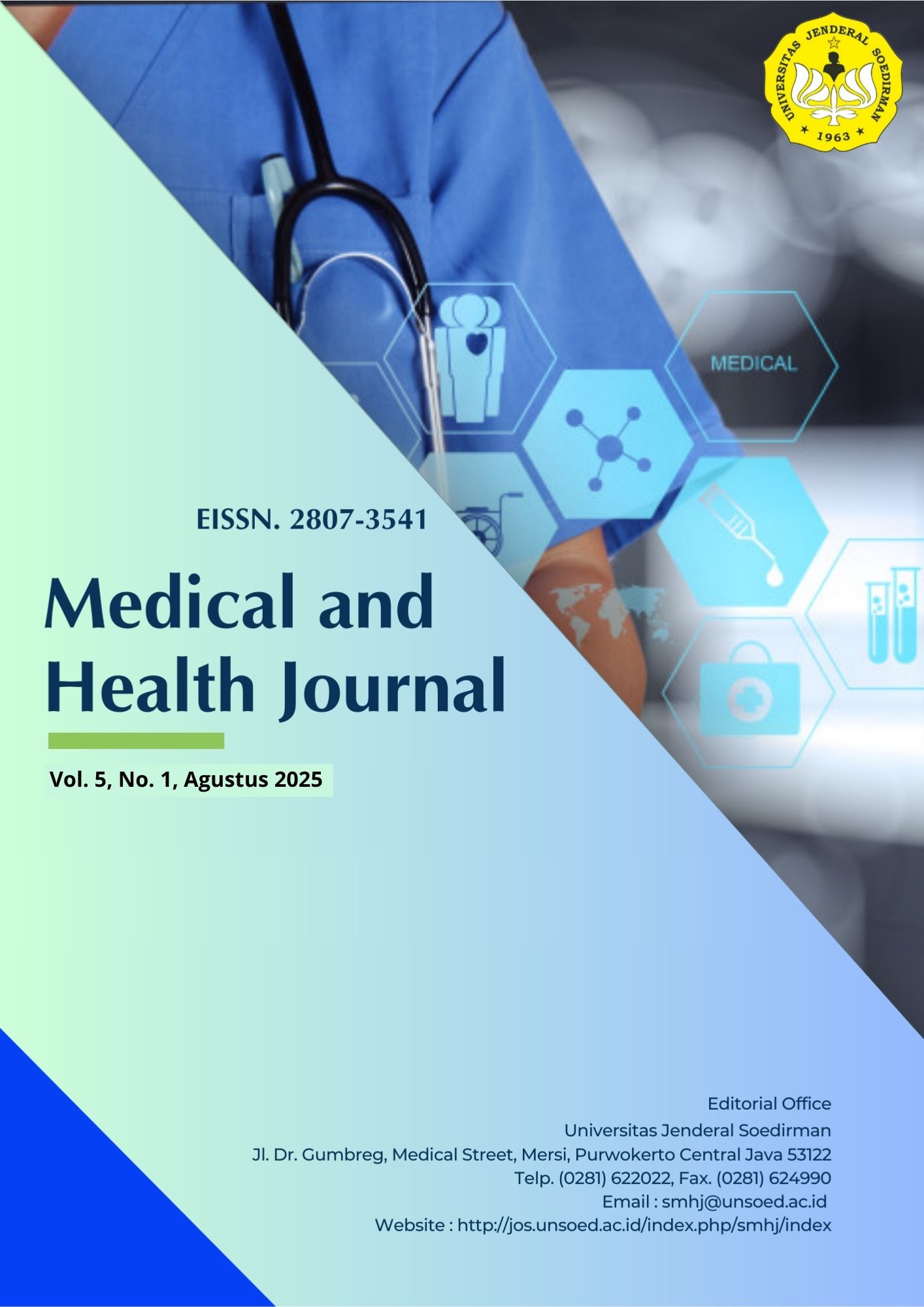PCI Revascularization Strategies in Patients with Acute Myocardial Infarction and Multivessel Disease
Abstract
Background: The incidence of Acute Myocardial Infarction (AMI) accompanied by Multivessel Disease (MVD) has increased annually, necessitating appropriate revascularization strategies to minimize clinical risks. Objective: This study aimed to evaluate various revascularization strategies using Percutaneous Coronary Intervention (PCI) that can be applied in patients with AMI and MVD. Methods: A systematic review was conducted using the PRISMA (Preferred Reporting Items for Systematic Reviews and Meta-Analyses) method. The keywords used were (“Revascularization" AND "Multivessel Disease" AND "Acute Coronary Syndrome”) OR (“Revascularization" AND "Multivessel Disease" AND "Acute Myocardial Infarction”). Articles were collected based on inclusion criteria: original articles, published in English, and published between 2020 and 2025. Results: A total of 1,263 articles were found in the initial search. Of these, 169 were excluded due to duplication, 1,069 due to irrelevant PICO criteria, and 6 due to limited access. From the remaining 19 articles, it was found that revascularization strategies could be classified based on the number of vessels treated (culprit-only, incomplete, and complete revascularization) and the timing of the intervention (immediate and staged revascularization). Conclusion: No single strategy was superior in all contexts. The choice of revascularization strategy should be individualized based on each patient’s clinical status and coronary anatomy to optimize outcomes.






